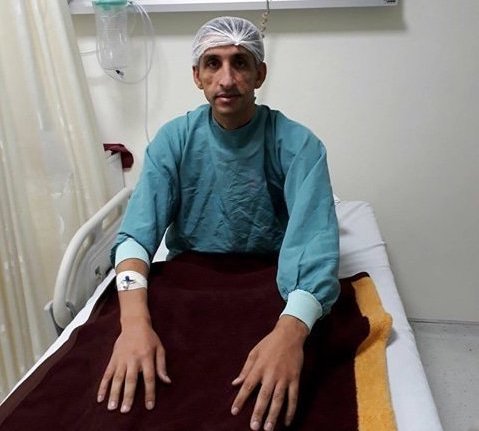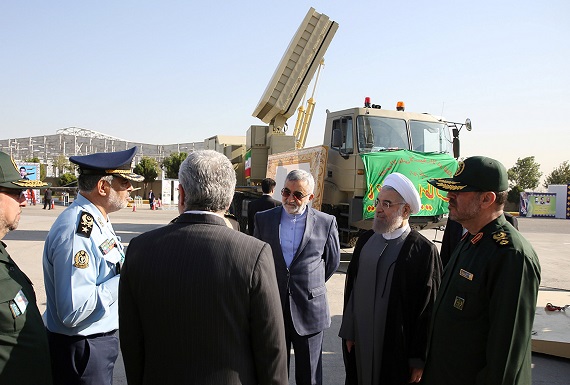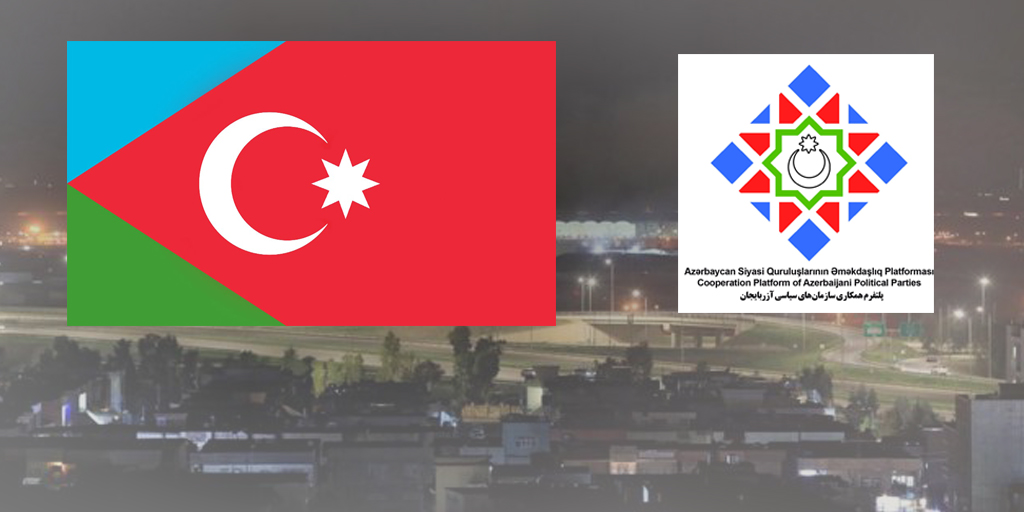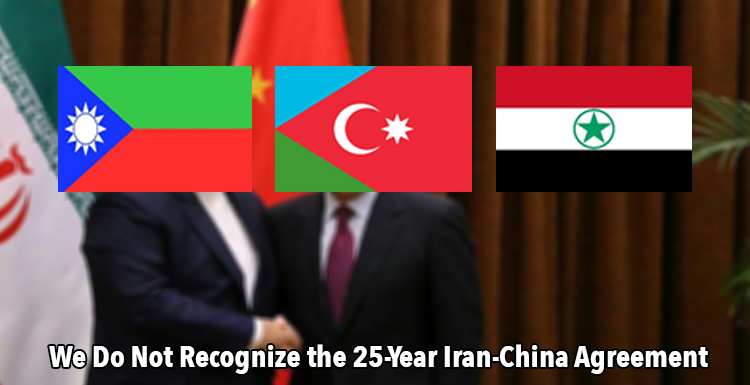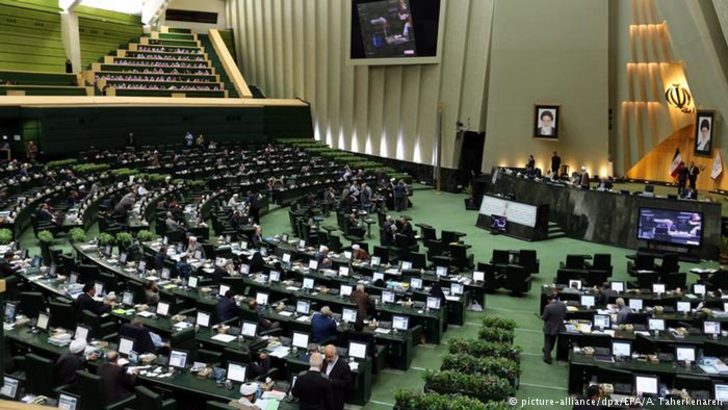Disease rates peaking in Al-Ahwaz region as result of pollution

Written by Rahim Hamid
Exposures to environmental contamination continued to be a primary cause of health risk in Al-Ahwaz region also knows as Khuzestan in the south-west of Iran. Unclean water, bad sanitation and poor hygiene are the main causes of exposure, along with the continuing air pollution jeopardise the well-being of Ahwazis.
Residents of Wais County in the northeast of the Ahwaz city warn that conditions there are deteriorating to an intolerable degree, with disease spreading as the Iranian regime fails to provide safe drinking water or the most basic sanitation for the 60,000-plus people living there. With the incidence of cancer already increasing to record levels across Ahwazi areas due to severe environmental pollution, this is one more problem for people already living in atrocious conditions.
Speaking to Ahwazna sources on Sunday, local activist Khaled Al Tamimi said, “The conditions are absolutely squalid, and it’s become tough to continue living in such suffering.” Like others in the region, Al-Tamimi was in no doubt about the Iranian authorities’ negligence in the area being a wholly deliberate policy, saying, “This intentional negligence pursued by the Iranian authorities has severely aggravated the situation of these people, which is worsening every day.”
The rudimentary ageing sewage system in the Wais County area is constantly breaking down while there is no waste collection or disposal system, leaving the people exposed to raw sewage and waste-strewn areas. The lack of paved roads and streets and erratic electricity and gas supplies for those homes with access to either simply add to the squalor. This is in massive contrast to the Persian areas of Iran which are fully modern with good infrastructure and well provided for.
The lack of potable water, as well as the severe air pollution are leading to soaring cancer rates, as well as other diseases, with the latest statistics showing that six thousand people have been diagnosed with cancer in the past year alone. The severely under-funded health care system is barely able to cope with even the most basic healthcare needs, let alone to treat cancer or deal with disease epidemics.
Ironically, much of the severe air pollution in the area results from unchecked oil and gas extraction in the region, which houses over 90 percent of the oil and gas resources claimed by Iran: despite the massive wealth which the regime in Tehran obtains from these resources, the peoples of the region are deliberately excluded from its benefits, living in medieval squalor, part of a longstanding policy of systemic racism towards the Arab population.
The most vulnerable members of the population, children, are among the worst affected by the ever-worsening crisis. Talking about the situation in the Weis County area, Al Tamimi said, “The majority of children can’t even go to school as a result of their parents’ fears of their slipping and falling into one of the sewage-filled sinkholes that have spread densely in the streets here.”
He continued, “These deep pits are created by the municipal water authorities and the sewage authorities; from time to time, they dig up the streets to repair the sewage system, then they stop and abandon the work unfinished forever, so the population live in this plight, facing massive health and environmental risks. The smell from these sewage-filled holes is nauseating, and our children have got skin diseases due to the appearance of vicious insects, including mosquitoes.”
Al Tamimi continued, “The residents’ suffering has increased with the onset of winter and the heavy rainfall, which has led to the sewage flooding the unpaved streets, turning them into a foul “large swamp”, which also obstructs the coming and going of pedestrians and vehicles.” “Despite of the vast natural resources of Ahwaz, namely oil, natural gas and agricultural produce, Ahwazi citizens suffer from massive poverty and deprivation.”
Ahwazi students are required travel long distances of up to 15 kilometers in order to attend school, even though they live in areas generating vast amounts of wealth through oil wells, oil installations, and pipelines.”
In addition, in recent days, a chronic epidemic in the neighborhood Malashiya has led to the death of two children and adversely affected several others.
An unknown disease has spread in the neighborhood Malashiya, west of the capital of Ahwaz, resulting in the death of two girls, yet government health care centers evade performing their duties.
The signs of infection are severe nausea and vomiting, which ultimately leads to the death of children if not treated properly and in time.
The health care center in the neighborhood of Malashiya is unable to treat the children due to a lack of the equipment and medicines required for treatment of the affected children.
Local activists say that the presence of waste in the streets of the neighborhood, as well as the overflow of sewage, and the failure of health care centers and institutions to perform their duties are the main reasons leading to the spread of epidemics in the neighborhood of Malashiya and other slums.
Furthermore, thirty Ahwazi Arabs have reportedly died so far of swine flu, with doctors at hospitals in the region warning that the actual death toll is probably higher since Iranian authorities are deliberately minimising the casualty numbers in order to avoid any outbreaks of public unrest.
According to medical sources in Ahwaz, Iranian authorities have failed to take the necessary preventive measures to halt the spread of the epidemic, putting the people of the region at further grave risk.
The disease initially appeared in the cities of Abadan, Falahiyeh, Khafajeh and Hamidieh before spreading to another town, Quneitra (Dezful).
Medics are warning that the massive overcrowding and unsanitary living conditions in which Ahwazi Arabs are deliberately maintained by the regime are hastening the infection rates, with large numbers of people already hospitalised due to contracting the disease. Head of the Centre for Infectious Diseases in Iran stated that so far 1 190 people were infected and at least 112 people died because of the swine flu within the recent three months in Al-Ahwaz, Kerman and Baluchistan provinces.
Additionally, the spread of infectious leishmaniasis disease in Ahwazi areas and doctors warn of dire consequences.
Ahwazi informed sources reported that a dangerous skin disease has spread in the city of Khafajiyeh in Al-Ahwaz region, which knows as leishmaniasis.
The sources added that the cause of the spread is due to water pollution and the overflow of sewage in the streets, most especially when it rains.
Ahwazi reliable sources confirmed that the sewage network in the city of Khafajiyeh is old, rundown and suffers from many problems and it is not able to accommodate the vast amount of sewage to transport it to estuaries.
One of Ahwazi citizens says that “the city of Khafajiyeh suffers from many problems, and people are stripped of their most basic rights notably in health and education services.” “Despite the spread of leishmaniasis disease in the city, the authorities and its private health services did not care and did not develop a plan to confront this cutaneous disease.”
In recent months, there has been a drastic surge of cutaneous leishmaniasis among Ahwazi Arab residents in Susa city. According to “AGZAR” news agency, a double increase of people infected with cutaneous leishmaniasis has forced doctors to express their grave concerns about this contagious disease.
A general practitioner in conversation with the AGZAR reporter said from the beginning of the year till to date. Unfortunately, the number of visitors infected with “Cutaneous Leishmaniasis” has sharply increased in Susa city.
The doctor, who asked not to be named, warned that the existence of large amounts of construction debris and poor conditions of urban wastewater have become a conducive breeding ground for mosquitoes and flies that are the major disease carriers.
He added that the cutaneous Leishmaniasis contained two types of urban and rural. In the village, weasels and rats are the disease carriers, and it transmitted to humans by mosquitoes. In the city, the disease through mosquitoes that exist around the construction debris and sewage waste transmitted to humans.
The officials have not yet taken any steps to address this situation and neglected the Ahwazi Arab residents to experience more sufferings and pains
The pollution of water and the Diversion Rivers to other parts of Iran, the growing rate of unemployment, divorce and migration of educated peoples are among the major problems facing Ahwazis, and it is up to government officials to find solutions to these problems so as to avoid future crises.
Many Ahwazi students travel long distances, up to 15 kilometers, to go to school, even though they live in areas where many oil pipeline exists and there are many oil wells.
Many of the villages are adjacent to the oil and petrochemical facilities; however, most of them are living in poverty, deprivation and live in areas that lack urban services and employment possibilities.
The pollution of water and the transfer of clean water to other parts of Iran, as well as increasing rates of unemployment, divorce and the migration of the Ahwazi elites, are the major problems faced by Ahwazis. The Ahwazis despite occupying an area that contains about 90% of Iran’s oil reserves, they have consistently been ignored and live in some of the gravest economic conditions in Iran. Not only are economic opportunities limited, but the Ahwazis have also endured more suffering and misery after the diversion of their freshwater sources to central Iran, leaving their region in severe drought.
It is a crime in the Iran to write about the lack of basic rights to a decent existence for the Ahwazi people who live below the poverty line, while their land is teeming with natural resources such as oil, natural gas, mining stone and running water? All remain inaccessible to the people of Ahwaz, including the right to clean drinking water.
Where is the justice when the Ahwaz region, the so-called heart of Iran’s economy, is considered one of the poorest regions in Iran? One has only to visit the out-patient department in hospitals in the Ahwaz to find them filled with patients suffering from cancer and other pollution related chronic lung diseases.
From 2003 to date, the climate in Ahwaz has dramatically deteriorated due to air pollution caused by Iran’s industrial activities in Ahwaz. Ahwaz is one of the most polluted areas in Iran and the larger Middle East, and it is an area where there is a visible increase in the number of people dying from pollution related diseases. It is crucial that solutions to these problems are found, so as to avoid future crises and the worsening of what is a very desperate situation for so many of Ahwazis.
By Rahim Hamid





